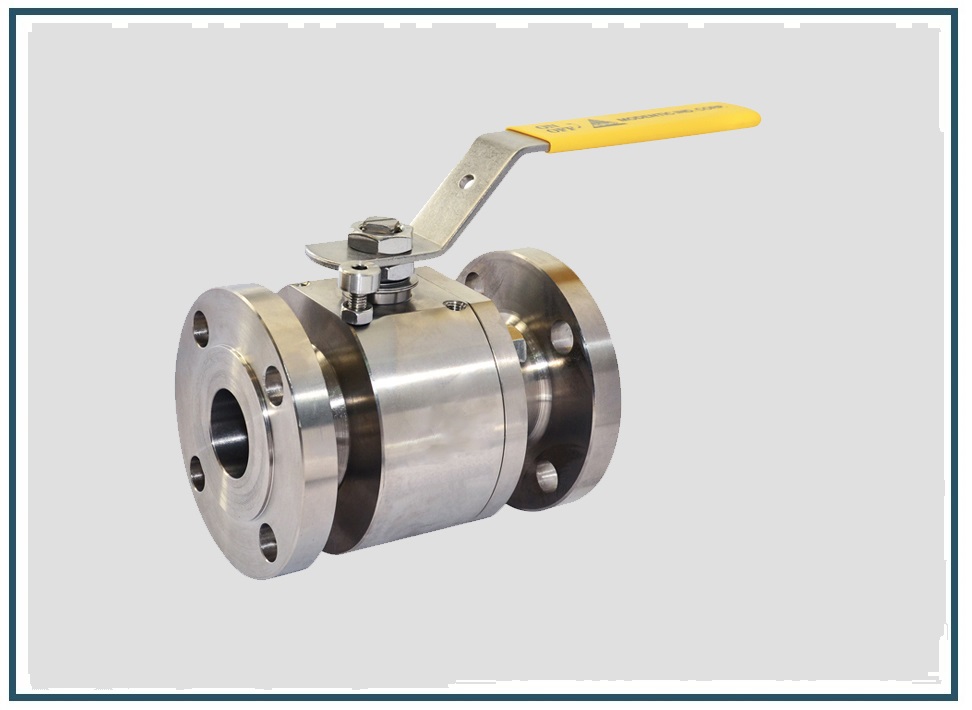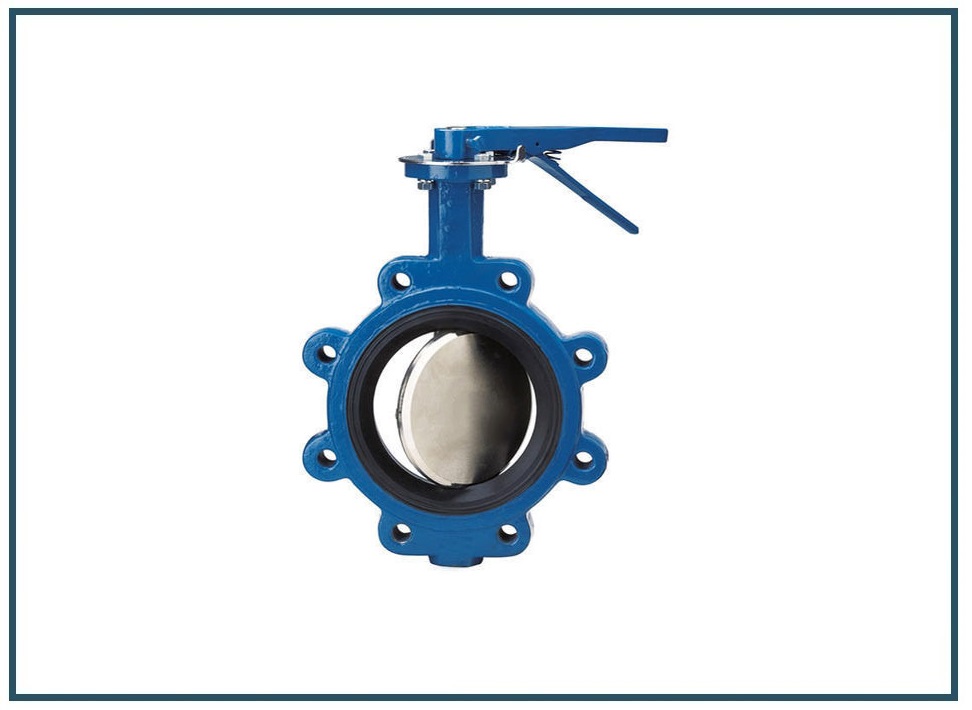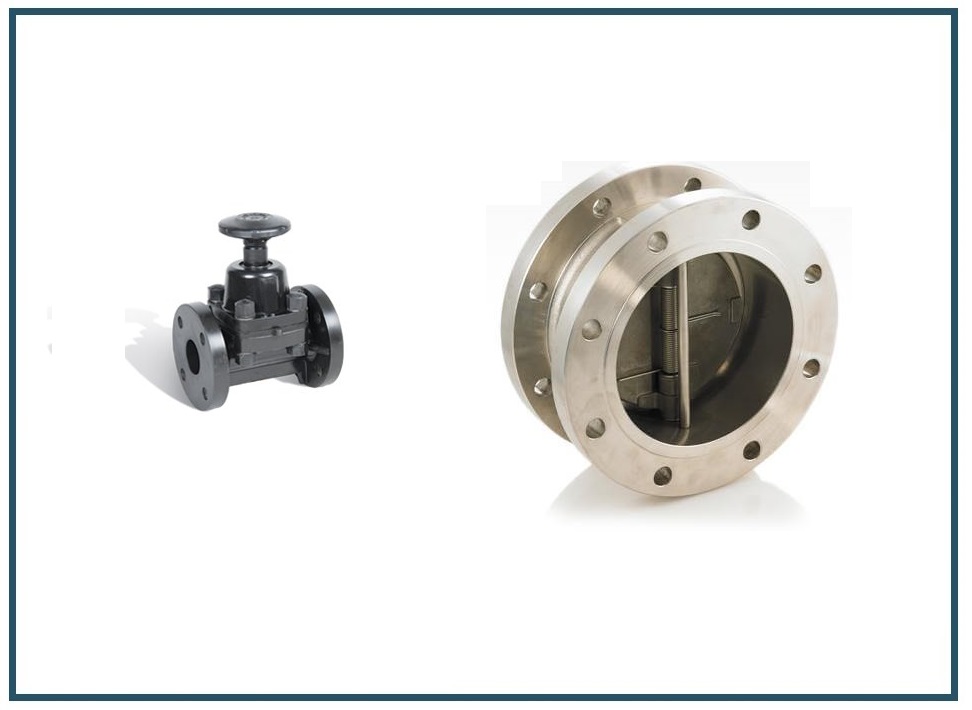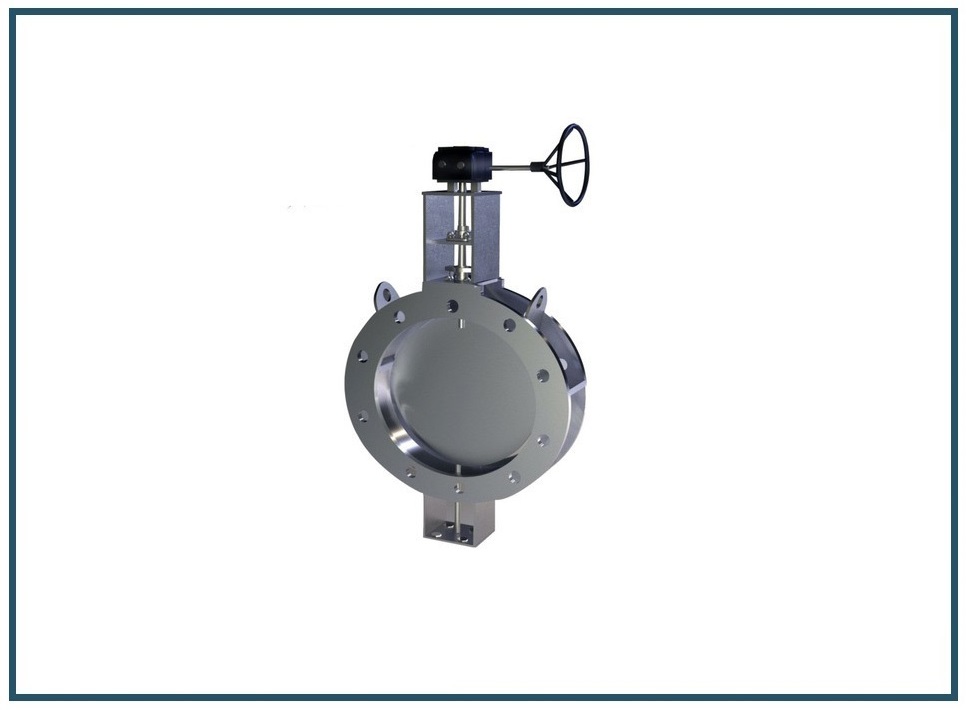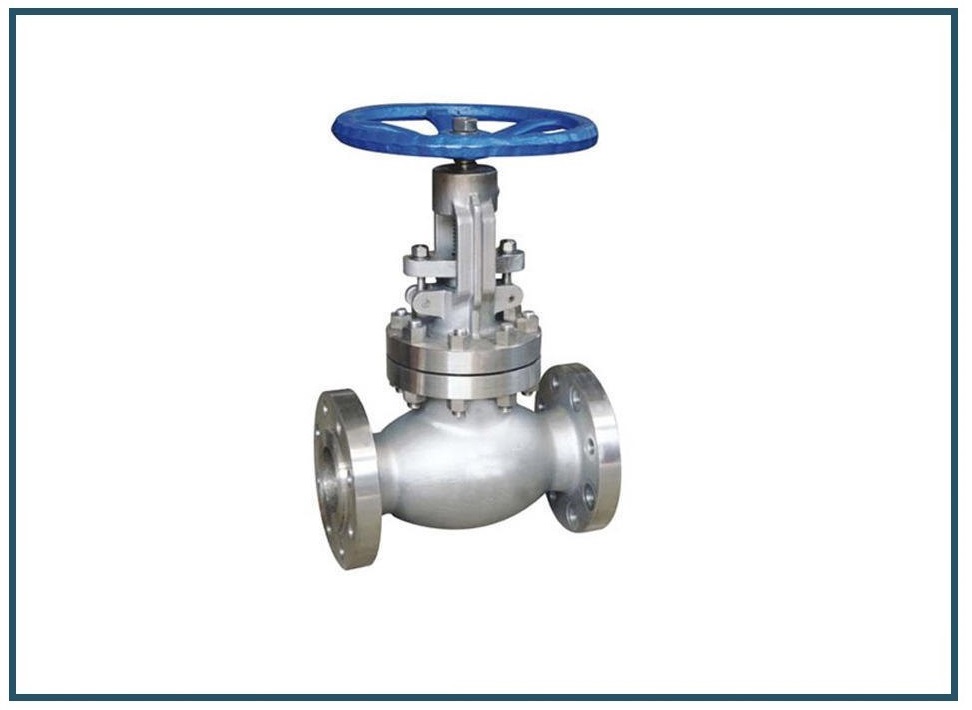15B/F, Saraf kaskar IND. Premises CHS LTD,
S.V Road, Near Oshiwara Bridge,
Jogeshwari (W), Mumbai-400102
A valve is a device that regulates, directs or controls the flow of a fluid (gases, liquids, fluidized solids, or slurries) by opening, closing, or partially obstructing various passageways. Valves are technically fittings, but are usually discussed as a separate category. In an open valve, fluid flows in a direction from higher pressure to lower pressure.
